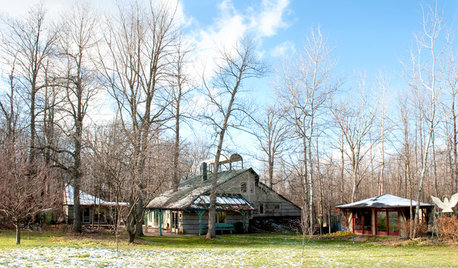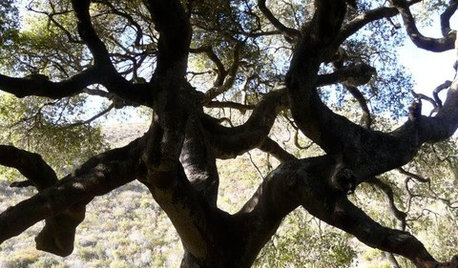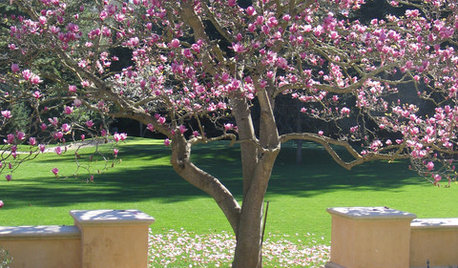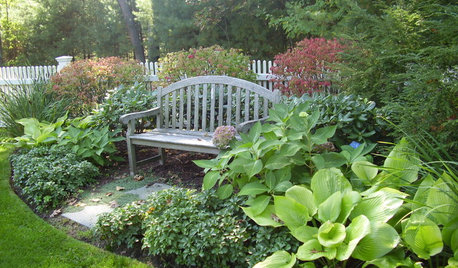sudden death of Azaleas
jackabish
16 years ago
Related Stories

LIFEWhen You're Suddenly Solo at Home
Whether you stay in a home alone or move on, these strategies from professional organizers can help you with the process
Full Story
CALIFORNIA NATIVE PLANTSGreat Design Plant: Coast Live Oak
The stuff of legends and memories, this California tree is one to build a whole landscape around
Full Story
KIDS’ SPACES8 Tips for Peaceful Bedroom Sharing With Baby
Enjoy better sleep, neatness and enough space for everyone’s things with these shared-room strategies
Full Story
LIFE10 Ways to Cope With Grief During the Holidays
If you are experiencing loss, take it from an experienced griever — life has changed forever, but it does get better
Full Story
LIFE10 Ways to Work Through Grief Triggers During the Holidays
A year after losing her sister, she was facing another holiday. Here’s how one woman learned to find joy again
Full Story
LIFE10 Ways to Honor and Remember a Departed Loved One at Home
Help the grieving process and keep beautiful memories alive with these thoughtful tributes
Full Story
HOUSEPLANTS8 Essentials for Healthy Indoor Plants
Houseplants add so much to our homes — and can thrive when grown in the right conditions. Keep these tips in mind
Full Story
LIFE10 Steps for Saying Goodbye to Sentimental Objects
Are keepsakes cluttering your space and your life? Consider this approach for letting go and moving on
Full Story
GARDENING AND LANDSCAPINGLandscape Design: A Secret Garden
Create a sense of discovery in your garden with an unexpected clearing, a shady arbor or a secluded nook
Full Story
REMODELING GUIDESFinish Your Remodel Right: 10 Tasks to Check Off
Nail down these key details to ensure that everything works properly and you’re all set for the future
Full Story





rhodyman
jimtex3000
Related Professionals
Lake Oswego Landscape Architects & Landscape Designers · Norton Shores Landscape Architects & Landscape Designers · Oatfield Landscape Architects & Landscape Designers · Wareham Landscape Architects & Landscape Designers · Paradise Landscape Architects & Landscape Designers · Woburn Landscape Contractors · Avocado Heights Landscape Contractors · Andover Landscape Contractors · Belmont Landscape Contractors · Byram Landscape Contractors · Fair Oaks Landscape Contractors · Maywood Landscape Contractors · Placerville Landscape Contractors · Wilsonville Landscape Contractors · Oxon Hill Landscape Contractorsrhodyman
yugoslava